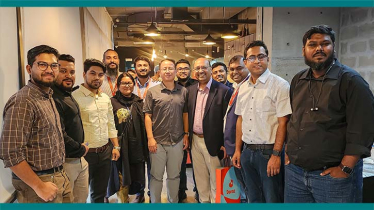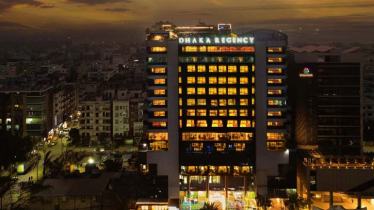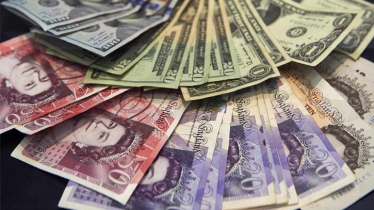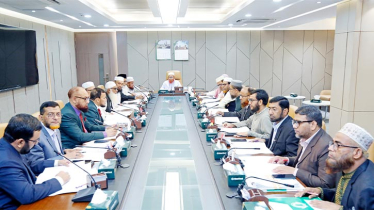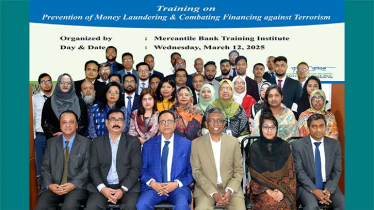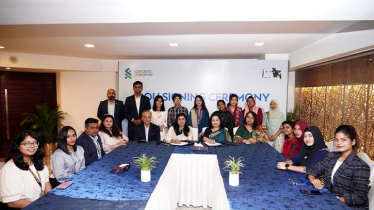
Photo : Collected
The finance ministry is handling what it identifies as one of its most difficult challenges – significantly increasing public expenditure to catalyse sustained growth in the private sector.
An official document from the ministry underscores that in comparison to other economies, Bangladesh's government spending as a percentage of GDP markedly trails. This emphasises the urgency to increase investment.
Data from the World Economic Forum and the International Monetary Fund till April 2023 shows Bangladesh's public expenditure was 13.1 per cent of the GDP.
The figure is in stark contrast to countries like France (58.5 per cent), Sweden 46.8 (per cent), and even neighbouring India (28.8 per cent). The discrepancy shows there is room for growth in Bangladesh's fiscal strategy.
The government, aiming to elevate GDP growth and living standards, views the expansion of its expenditure as crucial. The ambition is supported by the progressive implementation of reforms in public financial management. Historically, the government has gradually increased its spending relative to GDP, signalling a positive trajectory.
Outlined in the “Medium Term Macroeconomic Policy Statement (2023-24 to 2025-26)” from the Finance Division, the government's medium-term strategy is geared towards securing inclusive and high growth.
The strategy is aligned with Bangladesh's Vision 2041, the 8th Five Year Plan, and the Sustainable Development Goals (SDGs), focusing on priority sectors, including infrastructure, industrial production, food security, job creation, healthcare, and education, among others.
In anticipation of the demands of the Fourth Industrial Revolution (4IR), significant allocations have been dedicated to human resource development, particularly in education and skills training. The fiscal projections set public expenditure targets at 15.2 per cent for the 2023-24 fiscal year, 15.4 per cent for 2024-25, and 16.2 per cent for 2025-26.
The document further highlights Bangladesh's progression to a lower-middle-income country, with aspirations to attain upper-middle-income status by 2031. The ambition aligns with the developmental targets set within the 8th Five Year Plan and reflects the government's commitment to resuming the rapid economic growth witnessed in the pre-Covid-19 and the pre-Russia-Ukraine war period.
In response to the coronavirus pandemic, the government prioritised life and livelihood protection, adopting an expansionary fiscal policy and channelling additional funds into critical sectors.
Despite the global political and economic instability, these measures have begun to show promise, with expectations of returning to pre-pandemic growth levels and policies aimed at promoting pro-poor and inclusive growth.
As Bangladesh looks forward, the finance ministry is set to formulate strategies to enhance pro-poor growth, stimulate both domestic and international private investment, bolster public investment, curb inflation, generate employment, and alleviate the balance of payment pressures.
These objectives underscore a holistic approach to not only recovering from recent global challenges but also setting a solid foundation for long-term, sustainable development.
Messenger/Fameema

